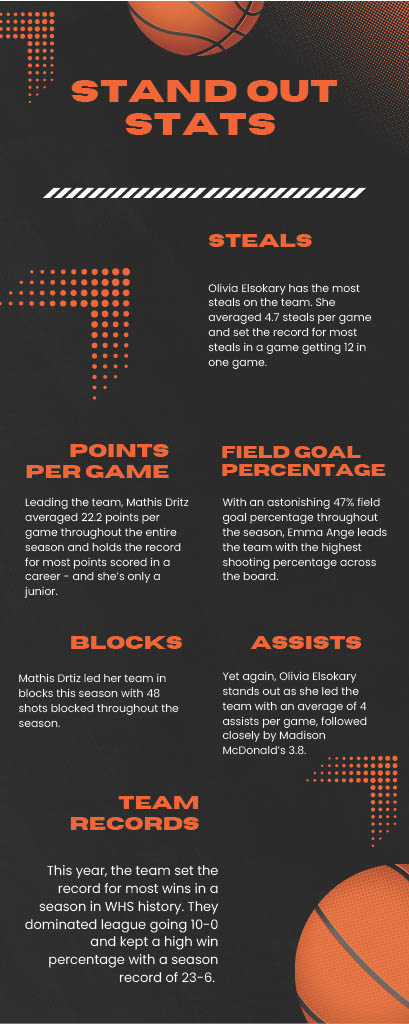Remote learning has been unlike anything students or teachers have ever experienced before. This year has certainly been one to remember with awkward breakout rooms, bad internet connection and classrooms full of muted, black rectangles. However a year of staring at a screen and listening to endless Zoom lectures while wearing pajama pants is finally coming to end.
Distance learning came with challenges and limitations that teachers and students had to learn how to work around. Less contact with teachers and classmates over Zoom compared to in–person learning was a struggle for many students. Students also expressed feeling a lack of motivation and trouble focusing.
“Online learning was a lot harder for me personally [because] I just didn’t feel motivated to do any work, and I feel like that’s the case for a lot of students” said Ahva Sayahan ‘23.
To overcome some of the difficulties associated with remote learning, teachers often used breakout rooms as a way for students to work with one another and participate in some social interaction. Unfortunately, breakout rooms weren’t always an effective alternative to in–person interaction.
“[Breakout rooms] are always awkward,” said Jocelyn Vach ‘23. “You don’t really know what to say when you’re in there, [and] you don’t know how to connect with people as well as you would in person, especially if their camera is off.”
One positive aspect of remote learning was the three classes per quarter schedule. Fewer classes allowed students to put more focus into their work and help them feel less stressed.
“[My favorite part of remote learning was] definitely the shorter schedule,” said Nathan Gutherz ‘22. “I’m nervous about [next year] having a full day instead of just two classes. I feel like it’s going to be very overwhelming.”
While the shorter schedule lessened the workload and eliminated some stress, it also had its drawbacks. Switching back and forth between classes and returning to classes after a full quarter (or even two quarters in the case of schedule changes), was somewhat problematic as students struggled to adjust to their new classes and remember what they learned months ago. A problem also arose with AP testing, as some students were finishing AP classes in March and others in June, despite the fact that AP testing traditionally takes place in May.
“I’m excited [for next year] because I can actually be prepared for AP tests,” said Sayahan. “This year I was not prepared at all and I had to self–study a lot, but next year I feel like it will be a lot easier to learn [the content] and prepare.”
As the coming school year is anticipated to return to the traditional, in–person, six period day, students look forward to interacting with friends and classmates after months of communicating with teachers and peers through a computer screen or chat box.
“[I’m looking forward to] the social aspects of returning to school,” said Vach. “It’s been hard not seeing people or meeting new people. I feel like the social aspect made school bearable and now, with that gone, it’s a lot harder to focus.”



























